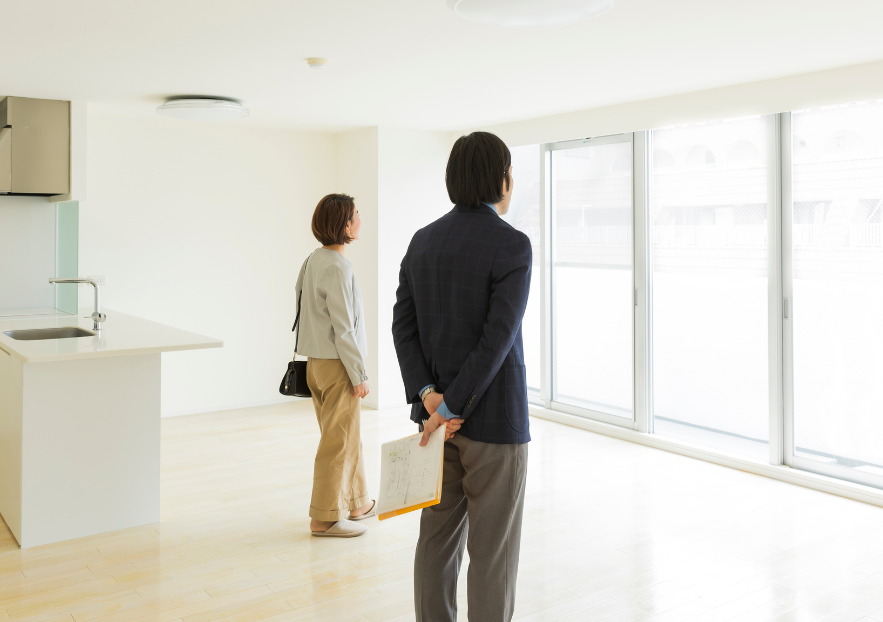
Rents have increased at a record pace in 2022, with PropTrack data showing 4.3% growth in the most recent quarter, taking the national figure to 10.3% for the year.
Both quarterly and year on year increases were the highest on record, PropTrack claimed, describing the current market as the tightest we’ve ever seen.
Median weekly rents now sit at $520 for houses and $460 for units, but of course, national averages don’t matter much when it comes to checking out your local market.
Here is a snapshot of some of the markets relevant to Blink Property clients.
NSW
Sydney’s $640 for a house and $520 for a unit is much higher than the national average. In one year, house rents have increased by 12.3% in Sydney and units by 8.3%.
In regional NSW, the cost of renting a home is 11.1% higher than this time last year at $500 a week.
QLD
Brisbane rents have soared by 16.7% for houses and 7.5% for units in the past year, to sit at $525 and $430 a week respectively.
A mega-low vacancy rate of 0.8% has no doubt contributed to these market conditions.
WA
Houses have jumped in Perth by 3.1% in the past quarter and 10% for the year to now average $495 in weekly rent.
Perth units have bucked the national trend by staying steady in asking rent across the last quarter.
Western Australia is a huge state and it’s the regional areas outside Perth to suffer the biggest rent increases. Houses in the regions are at $480 a week, which represents a 14.3% rise for the year.
No vacancies
Upwards pressure on rent has been caused by a number of factors that have seen vacancy rates tighten to record levels, which creates competition for what scarce available rental stock there is.
The national vacancy rate is currently at 1% and has been for months. This is much lower than the 3% vacancy rate considered a balanced market.
Over the past 12 months, the Sydney vacancy rate went from 2.8% to 1.3%. In Brisbane it went from 1.5% to 0.8%. And in Perth, we have the tightest market in the country at 0.4%, down from 0.7% one year ago.
What drives low vacancy rates?
The obvious imbalance is a lack of supply to meet the abundance of demand, and there are many things happening in the world today that are pushing people into the rental market rather than trying to buy homes.
The main one is the aggressive series of interest rate rises by the RBA. As interest rates have gone up and up, people’s borrowing power has gone down and down. Borrowing power has fallen more than twice as fast as any property price falls this year, meaning even fewer people can buy a home than before.
There’s out of control inflation and the cost of living. These have affected the construction industry and slowed down the building of new homes, which means more of the rental supply has been sold to owner-occupiers, and less developments that would have had rental assets have been constructed.
Then, there’s the last two years of Covid restrictions, which saw a lot of rental properties turned into short term accommodation to meet the huge demand for domestic travel. Landlords realised they could make a killing on Stayz and Air bnb while people couldn’t travel overseas.
Then, don’t forget the global issues like the war in Ukraine, tension between China and various nations and out of control inflation in countries like the USA, which tend to have a trickle down effect on our economy at home too.
All these factors contributed to a perfect storm for rent rises.
Will this change in 2023?
The short answer is no. While more construction is set to be completed and we may see rate rises peak and even begin to decline, inflation is still high and global issues remain in place.
There will also be the return of overseas migrants to contend with, as the federal government raised caps for an extra 190,000 people a year to enter Australia. These people will need to live somewhere and the majority will be renters.
If anything, we can expect vacancy rates to tighten even further in 2023.
Related posts


How Queensland’s New Rental Laws Will Impact Rental Management


